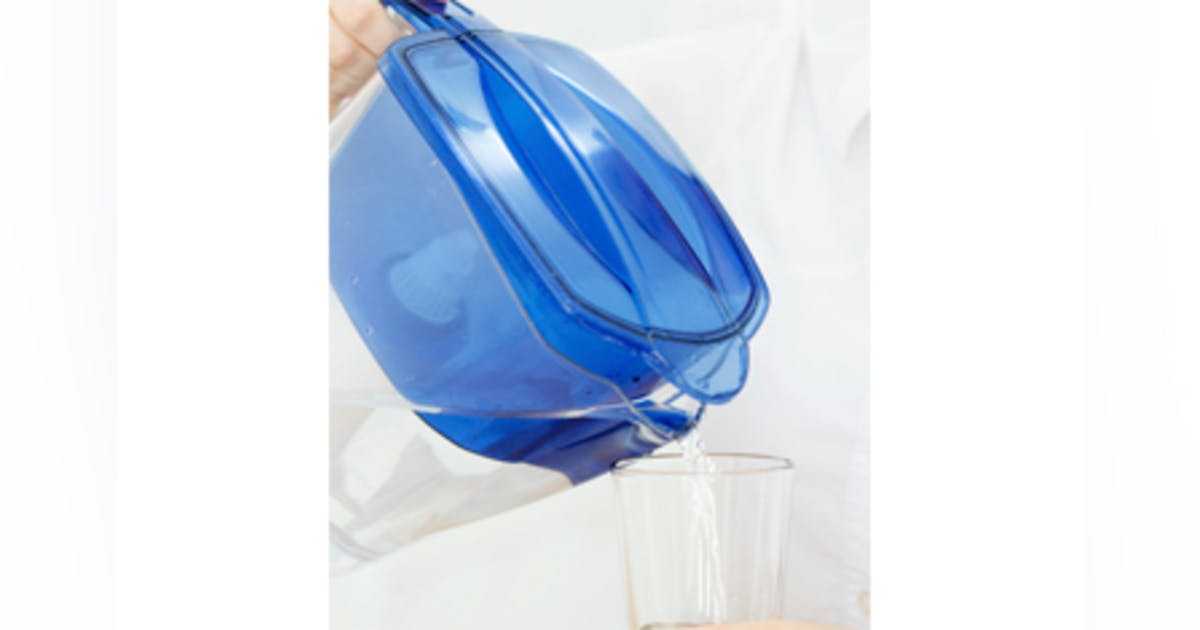_Maq_
Member
A better way to regenerate Purigen is 1 per cent hydrogen peroxide. It's tested, cleaner than any chlorine-containing compounds.
Activated carbon eliminates dissolved organic compounds. AC made of coconut coir is not good for removing humic substances and tannins, i.e. water coloration. AC made of coal will do. Unfortunately, most cheap Chinese AC are made of coconut coir.
Dissolved organic compounds are the source of many troubles, yet are largely ignored. People tend to seek the source of their difficulties in something else, like lighting, nutrient imbalance, etc. Because of that, AC remains a valued tool of advanced aquarists only.
Activated carbon eliminates dissolved organic compounds. AC made of coconut coir is not good for removing humic substances and tannins, i.e. water coloration. AC made of coal will do. Unfortunately, most cheap Chinese AC are made of coconut coir.
Dissolved organic compounds are the source of many troubles, yet are largely ignored. People tend to seek the source of their difficulties in something else, like lighting, nutrient imbalance, etc. Because of that, AC remains a valued tool of advanced aquarists only.






